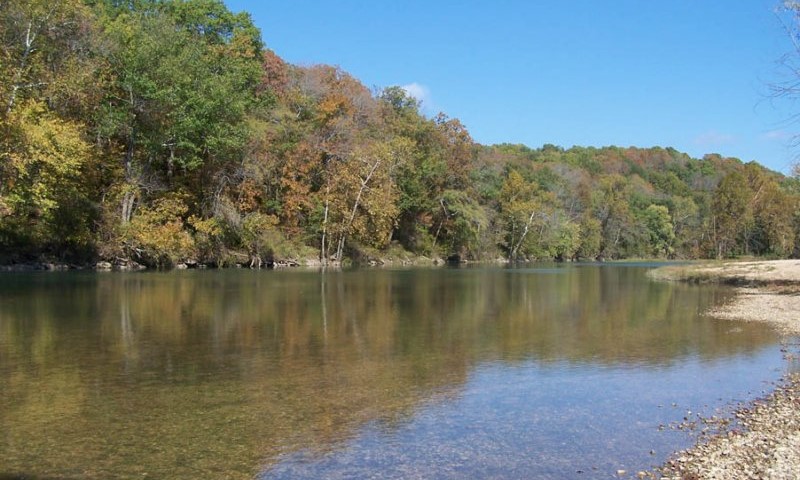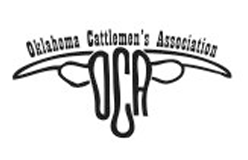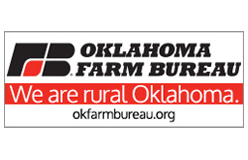
On November 17, 2025, the U.S. Environmental Protection Agency (EPA) and the Department of the
Army announced proposed revisions to the 2023 definition of “waters of the United States,” which
defines the scope of federal jurisdiction over Clean Water Act permitting. When finalized, this action
would give landowners in rural America—including the agricultural community—clarity, predictability,
and consistency under the Clean Water Act to understand where Federal jurisdiction applies and
where it does not. It would continue to protect the nation’s navigable waters while reducing
bureaucratic barriers to agricultural production and growth, and helping farmers and ranchers feed our
nation and manage their land. The proposed rule would provide a straightforward and common-sense
approach to the definition of “waters of the United States,” consistent with the Supreme Court’s clear
direction, and would preserve and protect the primary authority of States and Tribes over the land and
water resources within their borders. Pre-proposal recommendations from the agricultural community
helped shape this proposed rule.
WOTUS Matters to the Agricultural Community
The definition of “waters of the United States” establishes the geographic scope of Federal jurisdiction
and applies to the implementation of a variety of programs under the Clean Water Act. Many of these
programs are managed by States, Tribes, or the U.S. Army Corps of Engineers with EPA oversight.
First and foremost, WOTUS defines whether or not a waterbody is subject to Federal jurisdiction under
the Clean Water Act. If a waterbody is considered a WOTUS, then Clean Water Act programs may apply
to farmers or landowners impacting that waterbody, including through the section 402 National
Pollutant Discharge Elimination System (or NPDES) permit program (including the Pesticide General
Permit), the section 404 permit program for discharges of dredged or fill material, the section 311 oil
spill prevention, preparedness and response program, the section 303 water quality standards and
total maximum daily load (or TMDL) programs, and the section 401 State water quality certification.
Producers across America depend on clean, reliable water for their livestock, crops, and families.
Proposing Improved and Clear Exclusions
The proposed rule would revise three existing exclusions associated with the definition of “waters of
the United States”—delivering clarity to the agricultural community.
Prior Converted Cropland – The proposed rule seeks to maintain an exclusion for prior
converted cropland while reverting to the 2020 Navigable Waters Protection Rule’s (NWPR)
definition. Under the proposal, clarity on what is meant by “agricultural purposes” under the
NWPR is reestablished to ensure that farmers are not punished for conservation practices that
are critical to the success of their agricultural systems. In addition, the agencies would no
longer rely solely on determinations of prior converted cropland from the U.S. Department of
Agriculture. Re-codifying the prior converted cropland exclusion and definition from the NWPR
would reestablish an easier and less burdensome process for farmers to obtain a determination
for prior converted cropland for Clean Water Act purposes and provide the agriculture
community with regulatory and economic certainty. The proposal also intends to clarify that
the exclusion for prior converted cropland would cease when the area is abandoned (i.e., not
used for, or in support of, agricultural purposes in the immediately preceding five years) and
has reverted to wetlands.
Waste Treatment Systems – The proposed rule would maintain an exclusion for waste
treatment systems while reverting to the NWPR’s regulatory text and definition of waste
treatment systems for additional clarity, consistency, and transparency.
Ditches (including roadside ditches) Constructed or Excavated Entirely in Dry Land – The
proposed revisions to the ditch exclusions provide more clarity and regulatory certainty to
farmers and agricultural producers, ensuring that fewer ditches would be found to be
jurisdictional. The proposed rule would eliminate jurisdiction over ditches dug in dry land
regardless of flow. By adding the NWPR’s definition of “ditch” in the regulatory text, the
proposed rule would provide clarity and certainty to the agricultural community.
The proposed rule would also reintroduce the NWPR exclusion for groundwater, including
groundwater drained through subsurface drainage systems, such as tile drains from agriculture.
Though groundwater has never been considered to be a jurisdictional water, the proposed rule would
provide additional clarity and regulatory certainty to farmers by explicitly codifying an exclusion in the
agencies’ regulations once again.
Retaining Exemptions under the Clean Water Act
This proposed rule would not change the exemptions under Clean Water Act section 404(f), which
relieve farmers and ranchers of the need for authorization for many routine types of agricultural
discharges into “waters of the United States.” Congress expressly exempted the construction and
maintenance of irrigation ditches and the maintenance of drainage ditches from permitting
requirements under section 404 of the Clean Water Act. Discharges of dredged or fill material
associated with those exempt activities into a ditch that meets the definition of “waters of the United
States” are therefore exempt from permitting, unless they change the use of the waters of the United
States and reduce the reach or impair the flow or circulation of these waters.
Click here for the proposed rule.


















